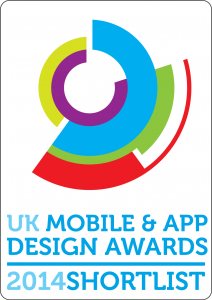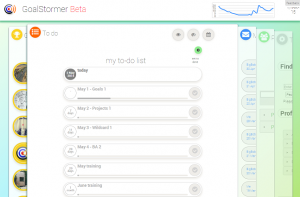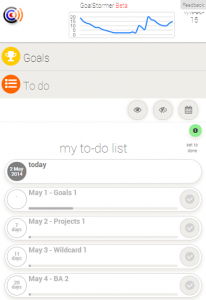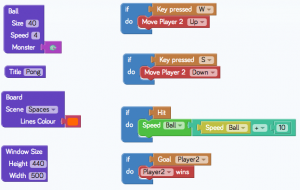One of the big challenges of delivering a project efficiently and effectively, is to get the right people involved at the right time, doing the right things, without turning it into death by committee.
RACI matrices help to manage this. They’ve come up a lot in conversations we’ve had recently, so I thought a few words on them might be of interest.
RACI is an acronym for Responsible, Accountable, Communicate, Inform.
List major parts of your project in one column, headed “Areas” or similar – and add four further columns for the four RACI headings.
Consider which names to write in each “cell” – the columns for each row:
- Responsible: who will actually do the work which delivers the objective of this area? Can be one or more names
- Accountable: which one person puts their name to this area of the project, signs it off, and ultimately is answerable for it?
- Consult: with whom will you have 2-way dialogue to get the best delivery of this area – executive stakeholders, subject matter experts, and so on – who helps define things or cover gaps in knowledge for example? Can be one or more names.
- Inform: Who needs to be kept abreast of project progress, issues, outcomes and dependencies (like the need for staff training, process change, systems updates, and so on)? Most likely many names, but could be just one.
Once you have defined and agreed the RACI list, make sure people are aware of it, and understand how they fit into it, particularly around Responsible/Accountable (“one name on the ball”).
We sometimes find people in the “Inform” list feel they should be in the “consult” list. If this conversation comes up, we tend to ask what unique knowledge the person brings to need the 2-way conversation, and also seek to get a firm commitment of time they will devote to the Consult work – no commitment = no consulting, in short. That’s not to say that “Informers” can’t contribute to things like initial requirements gathering if that makes sense.
You can also create a RACI matrix with the areas in the left-most column, then people’s names as column headers, with the RACI letters in the “cells” as required – try both formats and see what works best for you. The latter is the more common layout.
 We are very pleased that the Beta of GoalStormer.com has been accepted onto the shortlist for the 2014 UK Mobile and App Design Awards!
We are very pleased that the Beta of GoalStormer.com has been accepted onto the shortlist for the 2014 UK Mobile and App Design Awards!



